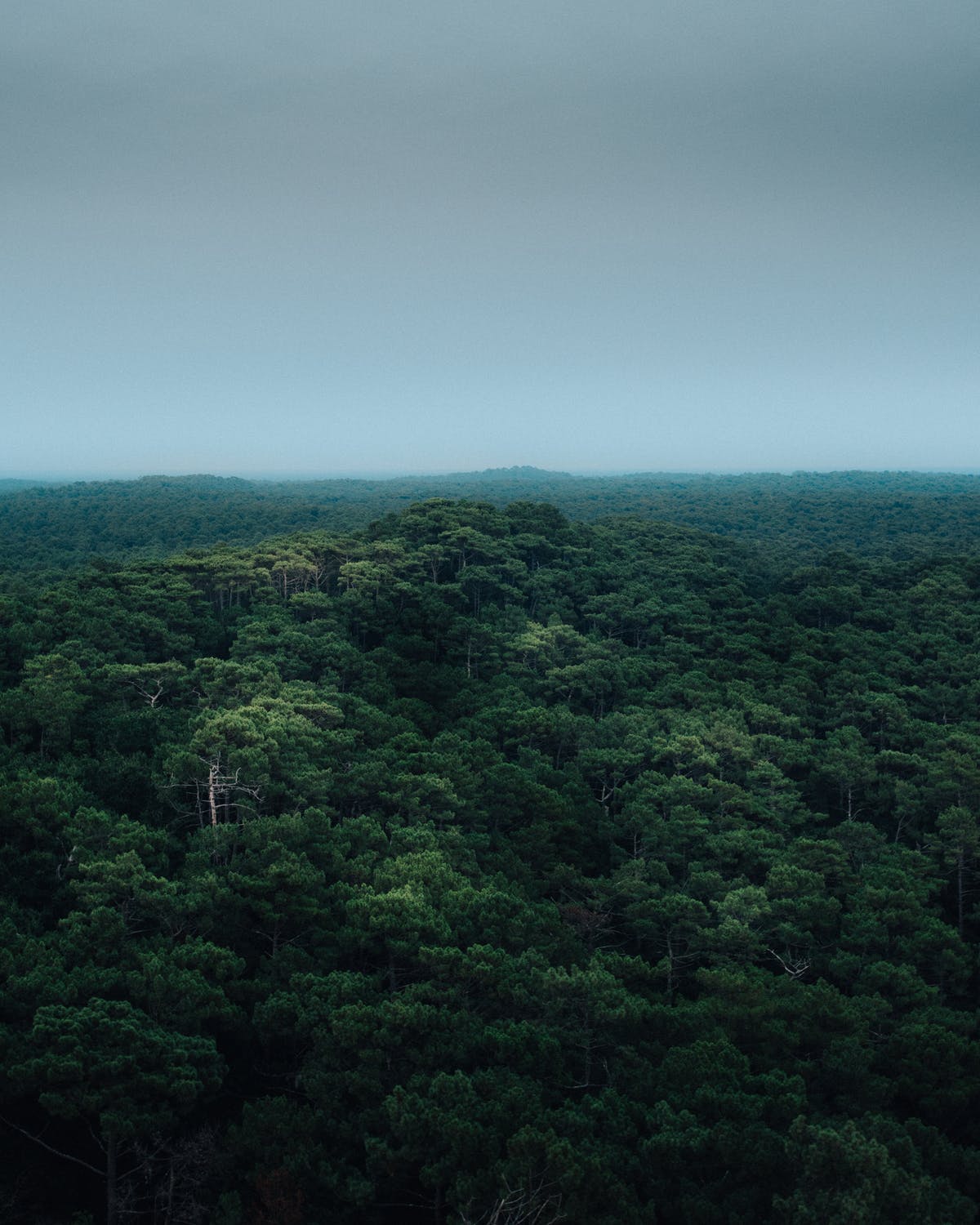Understanding the source of extremely small particles above the Amazon
Submitter
Fast, Jerome D — Pacific Northwest National Laboratory
Area of research
Aerosol Processes
Journal Reference
Science
The aerosol particles that serve as seeds for cloud formation are major drivers of global climate change, and one of the world’s largest reservoirs of aerosol particles is the high-altitude tropics. However, the sources and chemical processes that contribute to the formation of these particles remain unclear. A collaborative team of researchers addressed this problem by integrating insights from laboratory measurements, chemical transport modeling, and field measurements. They found that carbon-based compounds from biological sources drive new-particle formation and play key roles in producing the large number of small particles in the free troposphere of the Amazon rainforest.
Impact
This study untangles the long-standing mystery of how large numbers of particles are produced in the high altitudes above the Amazon rainforest. Because pristine environments like the Amazon form a baseline above which anthropogenic climate forcing is derived, this finding will help better quantify the overall impact of anthropogenic aerosol forcing—one of the greatest uncertainties in climate change predictions.
Summary
Researchers systematically investigated new-particle formation mechanisms by integrating insights from laboratory measurements, chemical transport modeling, and field measurements to elucidate the sources of the numerous small particles in the Amazon free troposphere. To account for new-particle formation from organic compounds—the most complicated and least understood component of particle formation—researchers developed a comprehensive model that represents both the temperature-dependent formation chemistry and thermodynamics of extremely low volatility organic compounds, elaborating their roles in new-particle formation processes. Pure-organic new-particle formation driven by natural biogenic emissions is the dominant pathway in the uppermost troposphere above 13 km, accounting for 65–83% of the column total new-particle formation rate under relatively pristine conditions. Ternary new-particle formation that involves both organics and sulfuric acid dominates between 8–13 km. The high organic new-particle formation rates at high altitudes primarily stem from the decreased volatility of organics and increased new-particle formation efficiency at low temperatures. These are somewhat counterbalanced by the reduced formation rate of extremely low volatility organic compounds in pristine environments. This particle formation mechanism was likely also prevalent during preindustrial times and is a critical component of understanding deviations from the preindustrial baseline caused by anthropogenic aerosol forcing.


